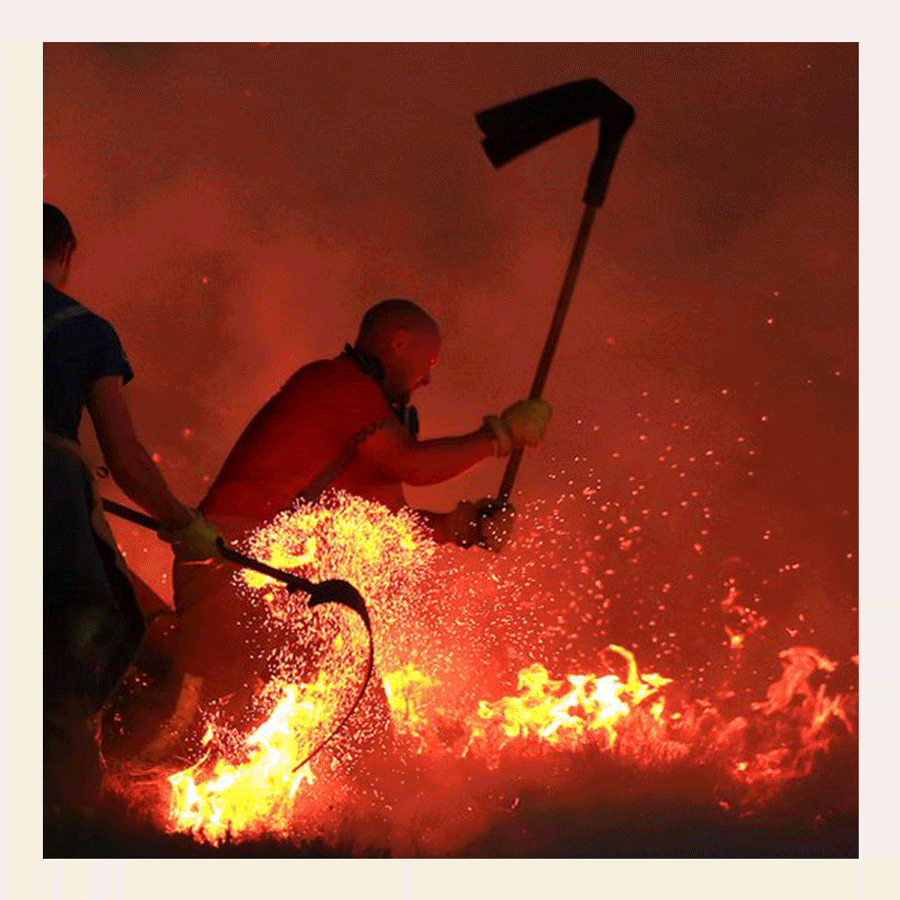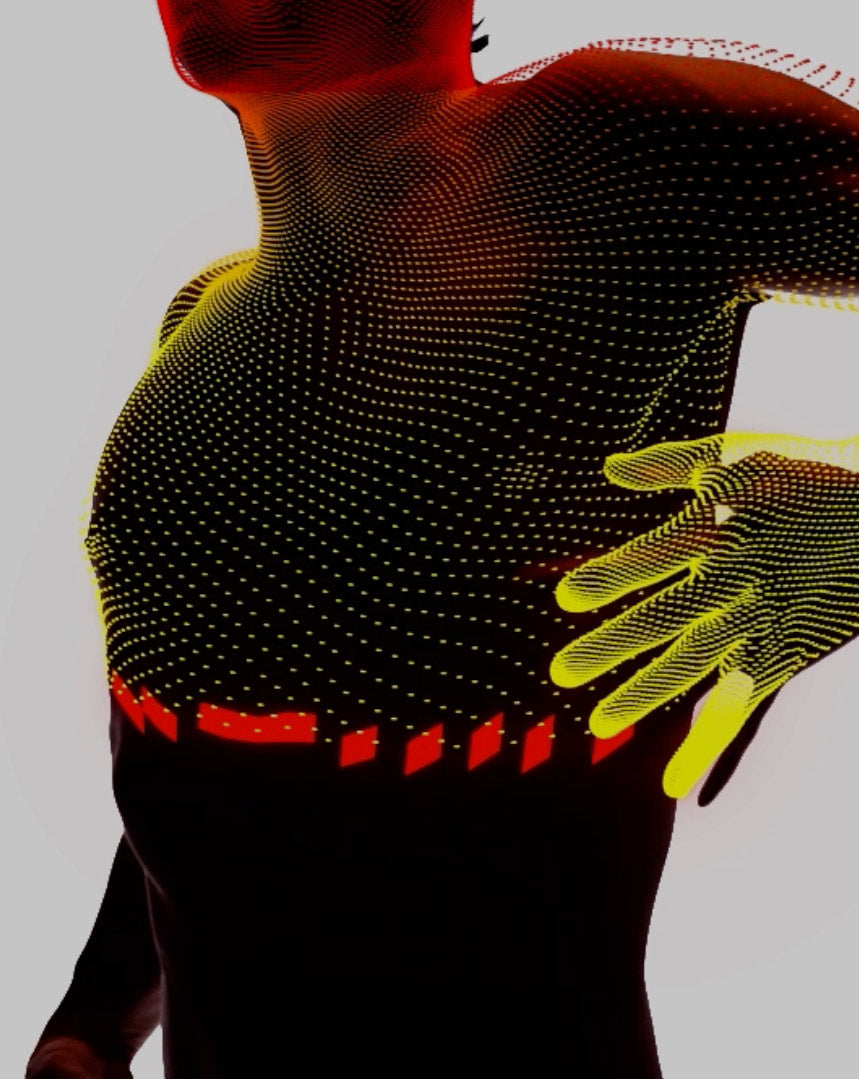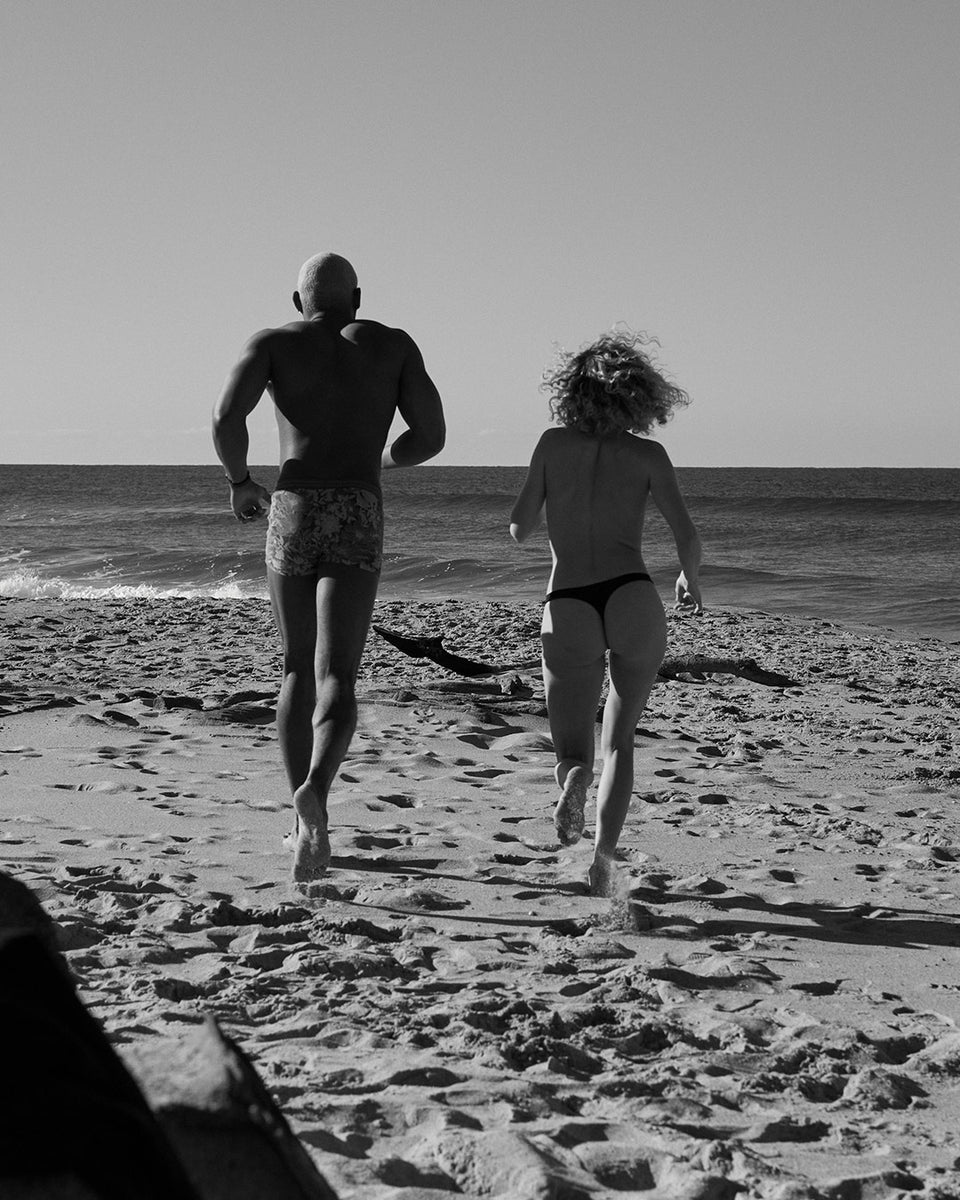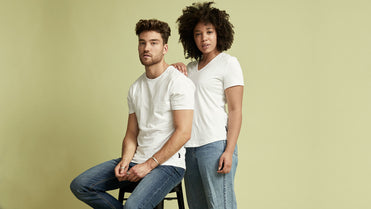‘COP26’ is in the headlines of every media outlet that cares even a little bit about the fate of our planet, and even those that don’t. Sometimes there’s a lot of assumed knowledge behind these articles, and people can be left with more questions than answers after reading them.
So first, let’s explore the very basics of what COP26 even is, before we get into what it could mean for us all.
Who, what, where, when, why

Governments around the world have been stuffing around on climate and playing roulette with the planet for almost 30 years.
First off, COP stands for ‘Conference Of the Parties’. The 26 is there because this is the 26th year that it will take place. And yes, that means governments around the world have been stuffing around on climate and playing roulette with the planet for that long.
But anyway, who are the ‘parties’ and what are they doing?
For nearly 30 years, there’s been an (almost) annual meeting of world governments who are supposed to sit down and ‘avoid dangerous climate change’, as they are treaty-bound to do, thanks to the 1993 United Nations Framework Convention on Climate Change (UNFCCC if you like your not-so-short acronyms.)
Basically, the point of, or at least the hope for these international pow-wows is to put everything else aside, and work out how governments can seriously reduce greenhouse gas emissions around the world in an equitable way.
This year, it’s happening next week in Glasgow, Scotland, from October 31.
Significant COP’s of the past

The Paris Agreement is a legally binding international treaty on climate change aiming to limit global warming to well below 2 degrees Celsius.
The most famous COP was COP21 in 2015 (confusing, we know), which normal people now know as the ‘Paris Agreement’.
ICYMI: The Paris Agreement is signed and endorsed by the leaders of 192 of 197 countries in a legally binding international treaty on climate change. Its goal was to limit global warming to well below 2 degrees Celsius temperature rise, preferably limited to 1.5 degrees compared to pre-industrial levels.
Today, it’s clearer than ever that we really need to achieve that 1.5 degree limit.
So the Paris Agreement was huge and it means that every five years countries are supposed to have taken increasingly ambitious climate action. In 2020, countries submitted their future plans for such action, which are called NDCs, or nationally determined contributions.
But not every COP has been so positive. COP15, held in Copenhagen, has been referred to as a disaster and a failure by many global outlets, countries and leaders. Rightly so. At the time, Obama said that ‘this progress is not enough’, with countries coming up with flimsy, low climate action targets, and even dropping earlier goals.
Leaders of African and other vulnerable countries were disappointed by a western lack of willingness to cut emissions deeply and halt temperature rises that, fortunately, most everyone did come to agree on some years later when the Paris Agreement was made.
What makes COP26 extra important?

Scientists estimate that we need to slash emissions by 45% by 2030. Otherwise, we’re fucked. Seriously.
Remember earlier in the year when Antonio Gutteres, UN Secretary General called the IPCC report ‘a code red for humanity’?
Remember how we’ve known we’re headed for disaster for years, and seen it unravel before our eyes in the form of rising seas, tsunamis, cyclones and wildfires ravaging through homes and ecosystems?
Remember how we continue to vote for politicians who don’t do enough (or even anything – looking at you ScoMo) about it?
That’s why COP26 is so important.
We don’t have time for anything but radical action now, and there’s some serious hope that COP26 will see that begin to happen. In that spirit, all countries have been urged to revise their previous NDCs for this conference, so that we can stay under the 1.5C target that has been made so crystally clear as critical in the IPCC report.
At the moment, scientists estimate that we need to slash emissions by 45% (compared to 2010 levels) by 2030 in just over eight years, and that by 2050, we need to be at net zero. Otherwise, we’re fucked. Seriously.
Are our leaders going to fail us?

Leaked reports have shown that a bunch of countries – including Australia – have lobbied to make climate targets at COP26 weaker.
The problem is, too many world leaders care more about short-term wealth and votes than even the medium-to-long-term survival of our species on this planet.
The UN recently reported that the NDCs revised by the United States, the European Union, the United Kingdom and over 100 others, still fall short.
Together, they’d bring us to about a 16% emissions cut by 2030, 29% less than what we need to survive.
The leader of China, which is the world’s biggest emitter, is yet to publicly commit to even attending COP26. Peaceful protests outside of the White House have begun as American citizens fear that Biden won’t take the opportunity to use ‘our last chance’ to curb emissions. Meanwhile countries including Russia and Australia have outright refused to strengthen their commitments.
Most frightening of all, leaked reports have shown that a bunch of countries – ours included – have lobbied to make climate targets at COP26 weaker.
Australia: Great Southern Polluter

Our Liberal Party government has shamefully acted against the protection of the environment at almost every opportunity.
In a lot of ways, it’s a pretty embarrassing time to be Australian. Our government has shamefully acted against the protection of the environment at almost every opportunity – in just one recent month, the Liberal party has approved three new coal projects, while the rest of the world talks about moving away from fossil fuels for good.
It’s this kind of utter failure, or more accurately, utter betrayal of every plant, animal and person living across biodiverse ecosystems that has put Australia at the butt of many grim jokes, as our leaders rightfully face intense scrutiny.
Just last week, Australian comedian Dan Ilic raised money and got ten minutes worth of Times Square billboard ads that shamed Australia’s pathetic climate change policies, with one faux tourism advertisement reading: ‘Cuddle a koala!’ Before we make them extinct.’
Gaining global attention, these billboards struck such a chord because they’re as truthful as they are dark.
Don’t curl up in a ball just yet!
Talks of the climate crisis are scary, but they become deeply depressing when we consider the dangerous incompetence and lack of care shown by our current nation’s leaders. There are countries and leaders that we can look up to, though, and who we can hope put pressure on our own, to pull their head out.
The Climate Change Performance Index says that, while no country is nailing it, Scandinavian countries are doing pretty well, thanks to high levels of renewable energy. We could be doing the same.
Countries often left out of these sorts of rankings, like Bhutan, have deeply impressive laws, like one successful goal from 2008, which stated that 60% of the country’s land must be covered by forest in perpetuity. We could be demanding similar of ourselves.
There really is hope, and there are examples of changes that can and have been made. Leaders just need to want to make them. And we need to tell them they won’t have power if they don’t.
What can you do?
We know that COP26 is deeply important. We also know that the reason it matters so damn much is that without action from our world leaders, our collective future is a frightening one.
So, while we all keep a close eye on COP26, and remember to be very loud and public about our disappointment and lack of support for any leaders who aren’t doing what we need them to (and we’re loudest at the ballot box), there are other things we can do:
- Keep pushing at and communicating with our local members of parliament while this all unfolds, telling them what matters to you. Tell them how you’ll be voting in the next election, and that you’ll be voting for the climate. Change needs to be made at an international and national level, but it can be significant and powerful at a smaller scale, too.
- Engage with your community and get environmental science into everyday conversations. We need as many people as possible on board with calls for radical climate action, and that means wider spread environmental literacy and passion for the cause.
- Vote for the planet at meal time, because eating plant-based is the ‘single biggest way’ to reduce your impact on the planet.
- Vote with your dollars, too. When it comes to clothing, buying less, opting out of the fast fashion cycle, and choosing sustainable materials is critical. Here at Citizen Wolf we’re doing our bit to re-engineer the way that clothes are made at scale, by making them on demand, with nearly 48% less carbon emissions per Tee.







